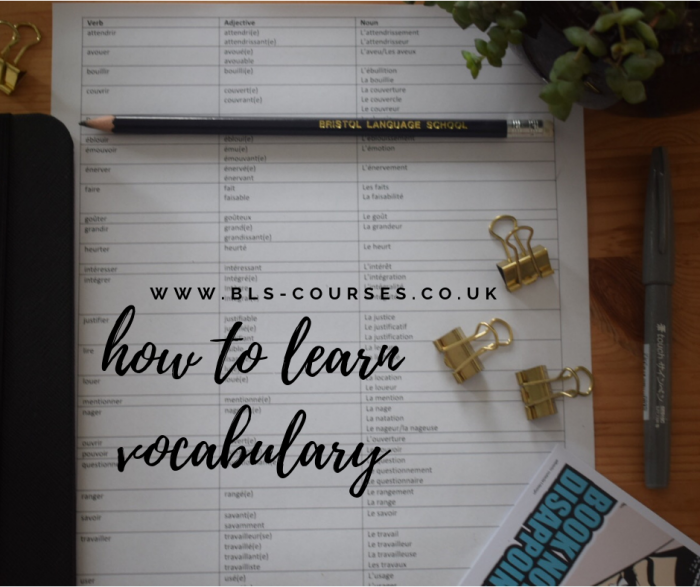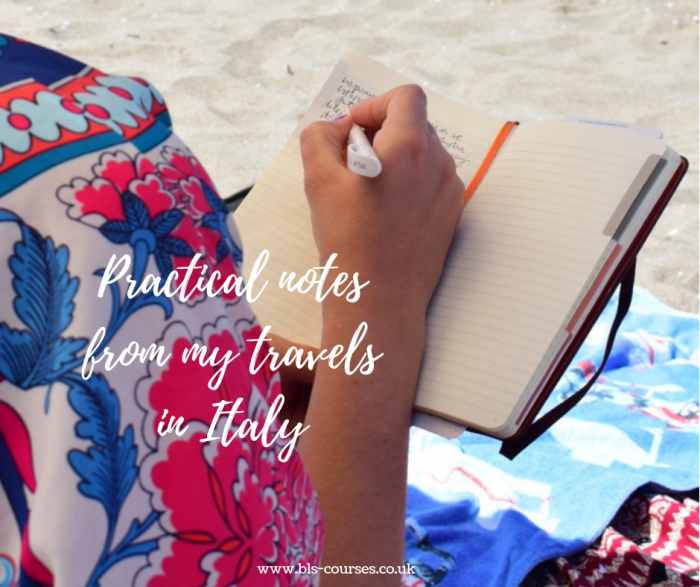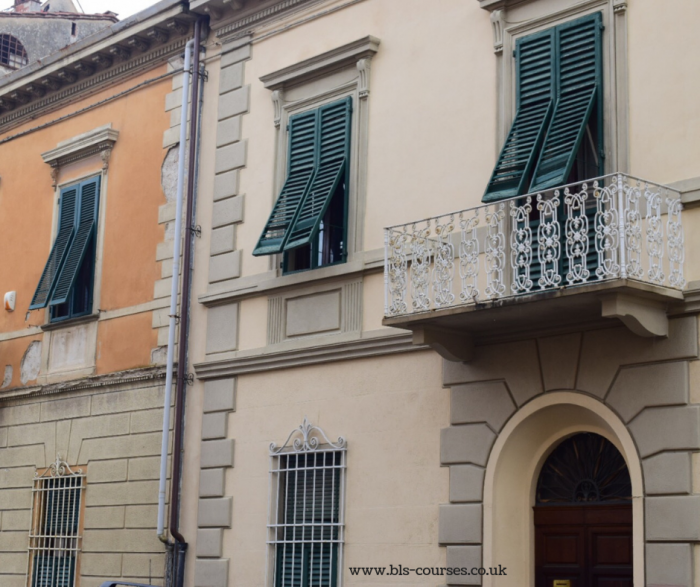In this blog post, we look at a useful way to help us remember vocabulary – putting words into groups. We find out how to harness our brain’s natural tendency to understand the world through association (this object is green and has leaves – it must be a plant!) to help us create groups of related words that will help us learn and remember them. We can create groups based on different things: themes, verbs/nouns and adjectives, synonyms, prefixes – these are just a few that we explore here.
I know what you’re thinking, another post on learning vocabulary! But this technique is different from the visualisation technique or the recognising cognates technique we explored in other blog posts. And remember, everyone is different and so everyone learns a language differently – and once you have worked out which type of language learner you are and which techniques work for you, you will have a recipe for success!
Grouping By Theme/Context
You will have heard it before, context is key to language learning. Children learn that “hello” means “hello” because people say it to them when they see them for the first time and not when they are going away (that’s “bye bye”). They learn that “yummy” is an adjective to describe food but not, say books. We are no different from children in the way we learn. When we associate words with a context, we learn and remember them more quickly. I can assure you that you will remember that “cucchiaio” means “spoon” in Italian much more readily if you are using it to eat soup with than if you ask, “how do you say ‘spoon’?” in a car trip across the Alps and then try to remember it after a fun day’s skiing.
So, how do you group words by theme? Try drawing and labelling a picture. Draw a picture of the kitchen in your house and label all the things in there, draw a picture of the human body and label the parts, draw a picture of a car and label that. If you are learning words that go together or make up a whole, you will remember them more easily. Learn words about the weather together, learn how to say whether you are well/ill/have a headache/have a toothache together. Learn words you will use in the classroom together. Learn words and phrases you will need to use in a restaurant (“I’ll have a…”, “the bill, please!”). You will remember them better than if you are learning random clusters of words.
Making Nouns and Adjectives out of Verbs
I remember when I learnt this technique to learn three words for the price of one – I was literally excited because it opened my eyes to a new, efficient way of learning!
Think of a verb in the language you are learning. Let’s take “éclairer” (to brighten/become clear/clarify) in French. If we look in a dictionary near “éclairer”, we will see “éclaircie” – a clear patch in a cloudy sky (which metaphorically means an improvement in a difficult situation), and “éclaircissement”, clarification. We will also see the adjective “éclairé”, informed/enlightened. With this exercise, we have just learnt four words instead of just one. Try this with verbs you can think of. You can combine this grouping technique with tools such as tables and diagrams if this will help you.
Learning Synonyms
Another way to learn several words instead of just one word at a time is to learn synonyms. It is a good idea to use a thesaurus for this exercise. Think of the word “hungry” in English. How many synonyms can you think of? “Famished”? “Starving”? “Ravenous”? “Peckish”? Try looking up synonyms in the language you are learning and use them in conversation instead of the standard word. This will help you remember them because you are using them and may impress your friends!
Grouping Words by Prefix
It is likely that the language you are learning will use prefixes (beginnings of words) that have a specific meaning. Let’s look at Spanish. If we know that “des-“ means “un-“ or “not”, we can work out that “desconocido” (des-conocido) means “unknown” and “desbloquear” means “to unblock”. “Descubrir”, literally “to uncover”, means “to find out/discover” (it’s similar in English). This amazing word is similar in a lot of languages – “scoprire” in Italian is “to uncover” or “discover”, “ontdekken” in Dutch is the same and “odkrywać” in Polish is similar. These words all have prefixes (s-, ont-, od-) which also mean “un-”, “away” or “from” in the respective languages. If we identify these little parts of words, we can understand the gist if not the meaning of new words and remember them because of their theme (such as “un-“ meanings).
Can you think of other ways to group vocabulary together? Share them with us in the comments!
Suzannah Young







